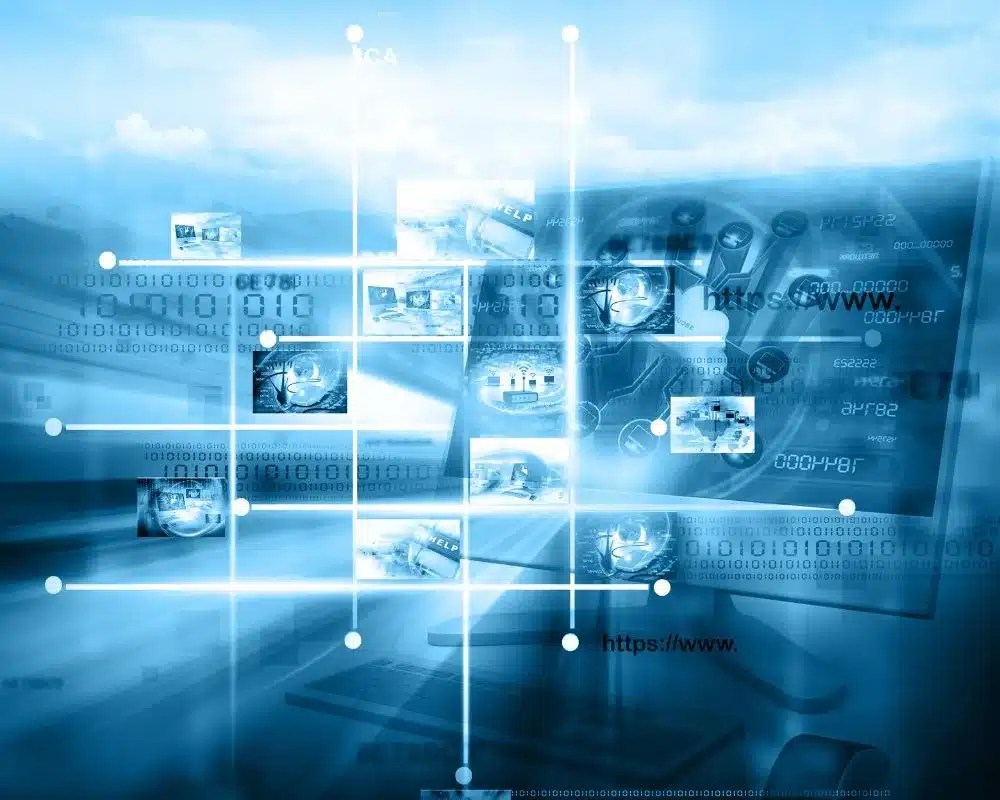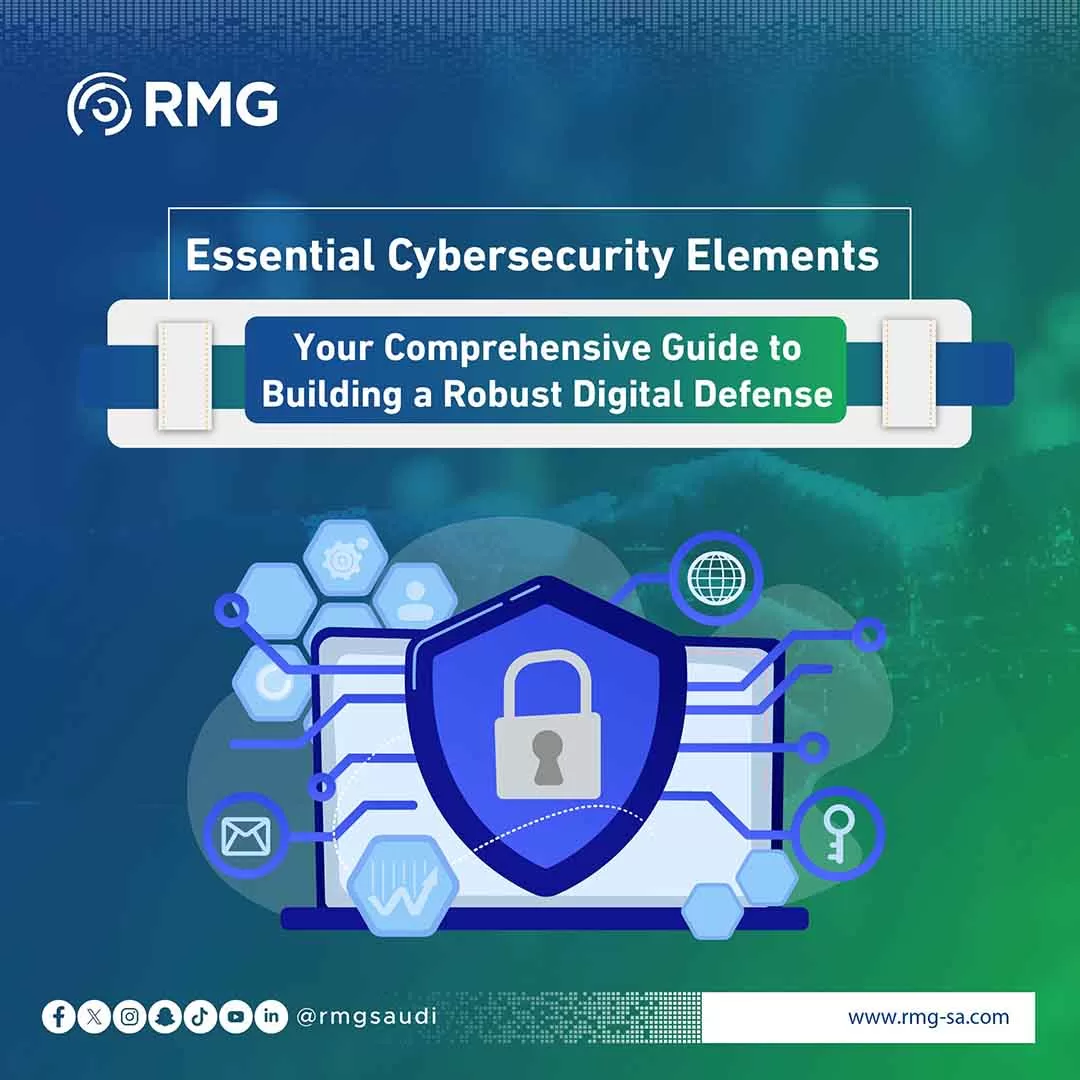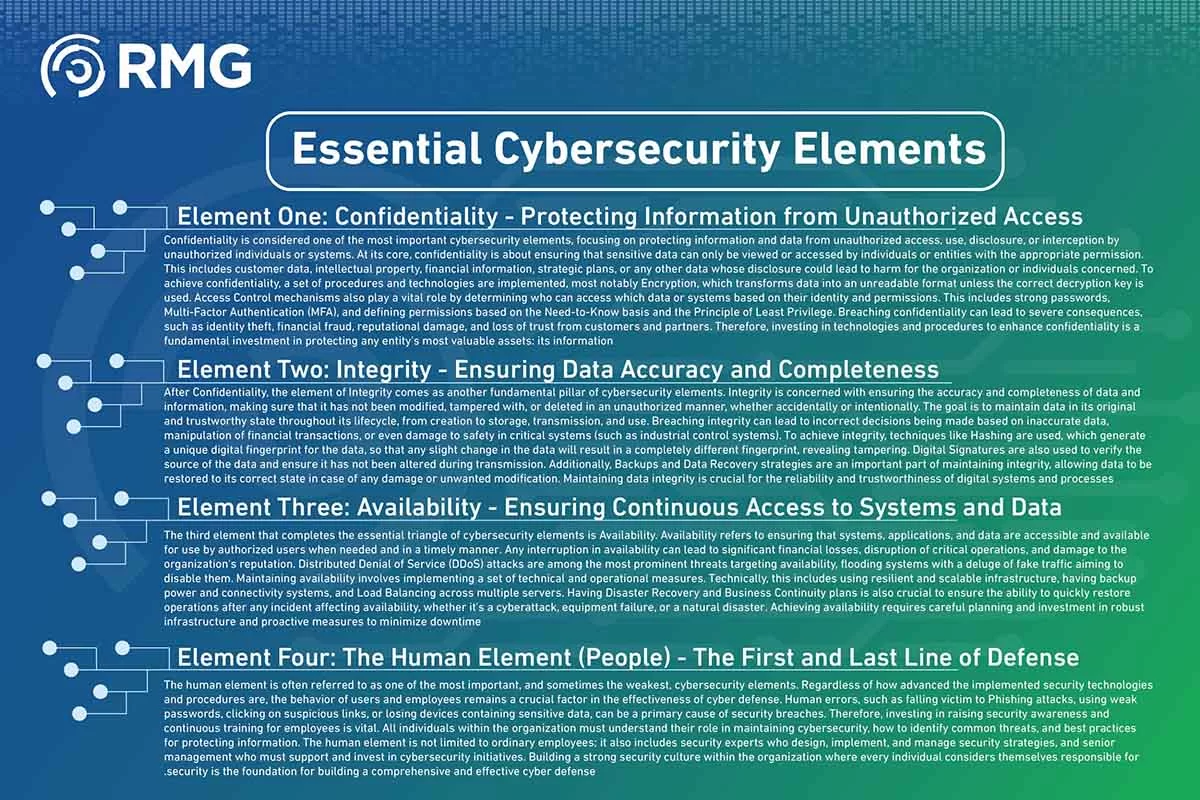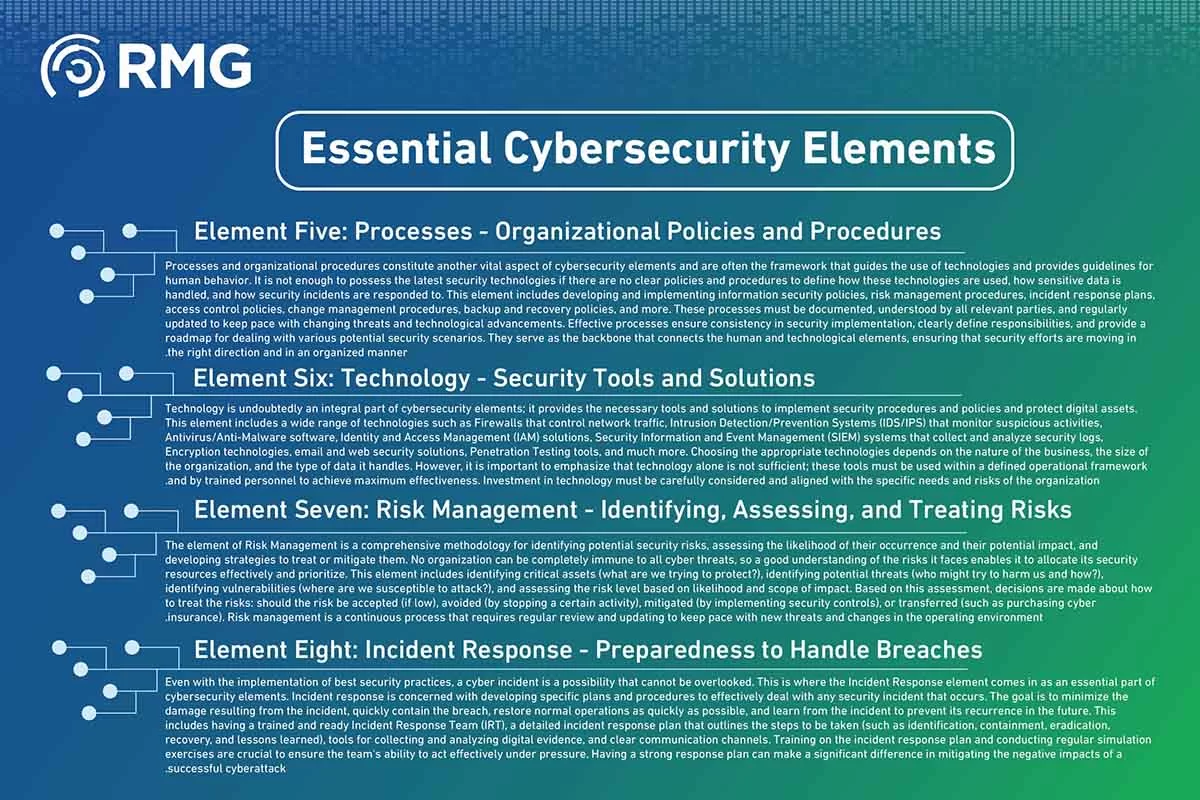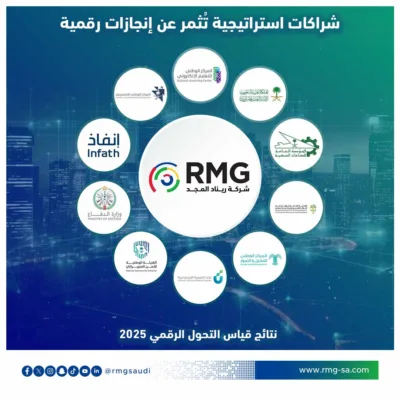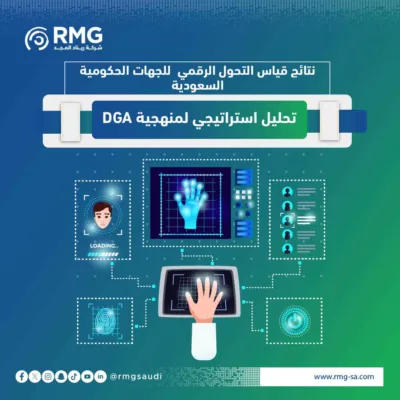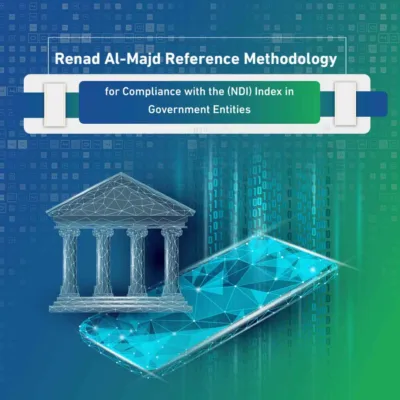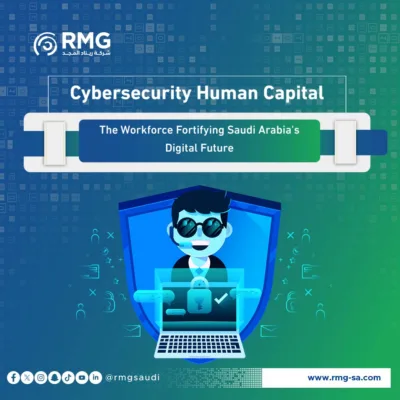Blog Body
Discover the essential cybersecurity elements that form the pillars of modern digital protection. Learn about confidentiality, integrity, availability, the role of people, technology, and processes in building a robust cyber defense for your valuable assets and sensitive data.
The Importance of Understanding Cybersecurity Elements in a Changing Digital World
In a world where the pace of digital transformation is accelerating and the complexity of the cyber landscape is increasing, cybersecurity is no longer just a supplementary option; it has become an absolute necessity and a fundamental pillar for business continuity and the protection of digital assets and sensitive information. With the growing scale and complexity of cyber threats, from data breaches to ransomware attacks that disrupt systems, it has become vital not only to implement technical security solutions but to understand the entire ecosystem upon which cybersecurity is built. Cybersecurity forms an integrated and multifaceted system, relying on a set of core elements that interact with each other to ensure a secure and reliable digital environment. Understanding these elements is not just theoretical knowledge; it is the essential first step for any individual or organization seeking to build an effective and sustainable cyber defense strategy capable of facing future challenges. In this article, we will delve into exploring the key cybersecurity elements, highlighting the importance of each and how they contribute to building a strong protective barrier against growing digital risks.
Element One: Confidentiality – Protecting Information from Unauthorized Access
Confidentiality is considered one of the most important cybersecurity elements, focusing on protecting information and data from unauthorized access, use, disclosure, or interception by unauthorized individuals or systems. At its core, confidentiality is about ensuring that sensitive data can only be viewed or accessed by individuals or entities with the appropriate permission. This includes customer data, intellectual property, financial information, strategic plans, or any other data whose disclosure could lead to harm for the organization or individuals concerned. To achieve confidentiality, a set of procedures and technologies are implemented, most notably Encryption, which transforms data into an unreadable format unless the correct decryption key is used. Access Control mechanisms also play a vital role by determining who can access which data or systems based on their identity and permissions. This includes strong passwords, Multi-Factor Authentication (MFA), and defining permissions based on the Need-to-Know basis and the Principle of Least Privilege. Breaching confidentiality can lead to severe consequences, such as identity theft, financial fraud, reputational damage, and loss of trust from customers and partners. Therefore, investing in technologies and procedures to enhance confidentiality is a fundamental investment in protecting any entity’s most valuable assets: its information.
Element Two: Integrity – Ensuring Data Accuracy and Completeness
After Confidentiality, the element of Integrity comes as another fundamental pillar of cybersecurity elements. Integrity is concerned with ensuring the accuracy and completeness of data and information, making sure that it has not been modified, tampered with, or deleted in an unauthorized manner, whether accidentally or intentionally. The goal is to maintain data in its original and trustworthy state throughout its lifecycle, from creation to storage, transmission, and use. Breaching integrity can lead to incorrect decisions being made based on inaccurate data, manipulation of financial transactions, or even damage to safety in critical systems (such as industrial control systems). To achieve integrity, techniques like Hashing are used, which generate a unique digital fingerprint for the data, so that any slight change in the data will result in a completely different fingerprint, revealing tampering. Digital Signatures are also used to verify the source of the data and ensure it has not been altered during transmission. Additionally, Backups and Data Recovery strategies are an important part of maintaining integrity, allowing data to be restored to its correct state in case of any damage or unwanted modification. Maintaining data integrity is crucial for the reliability and trustworthiness of digital systems and processes.
Element Three: Availability – Ensuring Continuous Access to Systems and Data
The third element that completes the essential triangle of cybersecurity elements is Availability. Availability refers to ensuring that systems, applications, and data are accessible and available for use by authorized users when needed and in a timely manner. Any interruption in availability can lead to significant financial losses, disruption of critical operations, and damage to the organization’s reputation. Distributed Denial of Service (DDoS) attacks are among the most prominent threats targeting availability, flooding systems with a deluge of fake traffic aiming to disable them. Maintaining availability involves implementing a set of technical and operational measures. Technically, this includes using resilient and scalable infrastructure, having backup power and connectivity systems, and Load Balancing across multiple servers. Having Disaster Recovery and Business Continuity plans is also crucial to ensure the ability to quickly restore operations after any incident affecting availability, whether it’s a cyberattack, equipment failure, or a natural disaster. Achieving availability requires careful planning and investment in robust infrastructure and proactive measures to minimize downtime.
Element Four: The Human Element (People) – The First and Last Line of Defense
The human element is often referred to as one of the most important, and sometimes the weakest, cybersecurity elements. Regardless of how advanced the implemented security technologies and procedures are, the behavior of users and employees remains a crucial factor in the effectiveness of cyber defense. Human errors, such as falling victim to Phishing attacks, using weak passwords, clicking on suspicious links, or losing devices containing sensitive data, can be a primary cause of security breaches. Therefore, investing in raising security awareness and continuous training for employees is vital. All individuals within the organization must understand their role in maintaining cybersecurity, how to identify common threats, and best practices for protecting information. The human element is not limited to ordinary employees; it also includes security experts who design, implement, and manage security strategies, and senior management who must support and invest in cybersecurity initiatives. Building a strong security culture within the organization where every individual considers themselves responsible for security is the foundation for building a comprehensive and effective cyber defense.
Element Five: Processes – Organizational Policies and Procedures
Processes and organizational procedures constitute another vital aspect of cybersecurity elements and are often the framework that guides the use of technologies and provides guidelines for human behavior. It is not enough to possess the latest security technologies if there are no clear policies and procedures to define how these technologies are used, how sensitive data is handled, and how security incidents are responded to. This element includes developing and implementing information security policies, risk management procedures, incident response plans, access control policies, change management procedures, backup and recovery policies, and more. These processes must be documented, understood by all relevant parties, and regularly updated to keep pace with changing threats and technological advancements. Effective processes ensure consistency in security implementation, clearly define responsibilities, and provide a roadmap for dealing with various potential security scenarios. They serve as the backbone that connects the human and technological elements, ensuring that security efforts are moving in the right direction and in an organized manner.
Element Six: Technology – Security Tools and Solutions
Technology is undoubtedly an integral part of cybersecurity elements; it provides the necessary tools and solutions to implement security procedures and policies and protect digital assets. This element includes a wide range of technologies such as Firewalls that control network traffic, Intrusion Detection/Prevention Systems (IDS/IPS) that monitor suspicious activities, Antivirus/Anti-Malware software, Identity and Access Management (IAM) solutions, Security Information and Event Management (SIEM) systems that collect and analyze security logs, Encryption technologies, email and web security solutions, Penetration Testing tools, and much more. Choosing the appropriate technologies depends on the nature of the business, the size of the organization, and the type of data it handles. However, it is important to emphasize that technology alone is not sufficient; these tools must be used within a defined operational framework and by trained personnel to achieve maximum effectiveness. Investment in technology must be carefully considered and aligned with the specific needs and risks of the organization.
Element Seven: Risk Management – Identifying, Assessing, and Treating Risks
The element of Risk Management is a comprehensive methodology for identifying potential security risks, assessing the likelihood of their occurrence and their potential impact, and developing strategies to treat or mitigate them. No organization can be completely immune to all cyber threats, so a good understanding of the risks it faces enables it to allocate its security resources effectively and prioritize. This element includes identifying critical assets (what are we trying to protect?), identifying potential threats (who might try to harm us and how?), identifying vulnerabilities (where are we susceptible to attack?), and assessing the risk level based on likelihood and scope of impact. Based on this assessment, decisions are made about how to treat the risks: should the risk be accepted (if low), avoided (by stopping a certain activity), mitigated (by implementing security controls), or transferred (such as purchasing cyber insurance). Risk management is a continuous process that requires regular review and updating to keep pace with new threats and changes in the operating environment.
Element Eight: Incident Response – Preparedness to Handle Breaches
Even with the implementation of best security practices, a cyber incident is a possibility that cannot be overlooked. This is where the Incident Response element comes in as an essential part of cybersecurity elements. Incident response is concerned with developing specific plans and procedures to effectively deal with any security incident that occurs. The goal is to minimize the damage resulting from the incident, quickly contain the breach, restore normal operations as quickly as possible, and learn from the incident to prevent its recurrence in the future. This includes having a trained and ready Incident Response Team (IRT), a detailed incident response plan that outlines the steps to be taken (such as identification, containment, eradication, recovery, and lessons learned), tools for collecting and analyzing digital evidence, and clear communication channels. Training on the incident response plan and conducting regular simulation exercises are crucial to ensure the team’s ability to act effectively under pressure. Having a strong response plan can make a significant difference in mitigating the negative impacts of a successful cyberattack.
Integration of Elements: Building a Comprehensive Cyber Defense System
These cybersecurity elements do not operate in isolation; rather, they are interconnected and integrated to form a comprehensive defense system. Complete confidentiality cannot be achieved without integrity and availability, and technology cannot be effective without clear policies and trained human elements. Risk management guides investments in technology, processes, and training, and incident response relies on having accurate data and available systems. Building a robust cyber defense requires a holistic approach that combines all these elements, focusing on coordination and integration between them. It is a continuous process that requires evaluation, updating, and adaptation to keep pace with the constantly changing cyber landscape.
Renad Al Majd Company: Your Partner in Building a Strong and Sustainable Cyber Defense
Given the increasing complexities of cybersecurity elements and lurking threats, Renad Al Majd Company deeply understands the importance of each of these elements and its pivotal role in building an effective protective barrier. We believe that cybersecurity is not just about implementing technical solutions, but a comprehensive strategy that requires a deep understanding of risks, development of robust processes, empowerment of the human element, and optimal utilization of available technology. Through our extensive experience and highly qualified team of security experts, Renad Al Majd Company offers a comprehensive range of services and solutions designed to help entities and organizations understand, implement, and enhance all cybersecurity elements, starting from risk assessment and policy development to the implementation of advanced technical solutions and raising the level of security awareness among employees.
Benefit from Renad Al Majd’s Expertise to Secure Your Digital Future
To achieve the highest levels of cybersecurity and ensure the protection of your digital assets and sensitive data according to the best global standards and practices, we invite entities and organizations, of all sectors and sizes, to benefit from the specialized cybersecurity services of Renad Al Majd Company. We provide advanced consulting services to help you design your cybersecurity strategies based on an in-depth analysis of your weaknesses and strengths, in addition to implementing integrated security solutions, conducting specialized security testing (such as penetration testing and vulnerability scanning), providing customized training programs to raise your team’s awareness of cyber risks, and providing round-the-clock monitoring and incident response services. Partnering with Renad Al Majd means relying on experts who fully understand the complexities of the cyber landscape and have the ability to design and implement practical and effective solutions that meet your needs and ensure your readiness to face future challenges.
Contact us today to explore how our expertise in cybersecurity elements can strengthen your digital defenses and secure the sustainability of your business:











